-
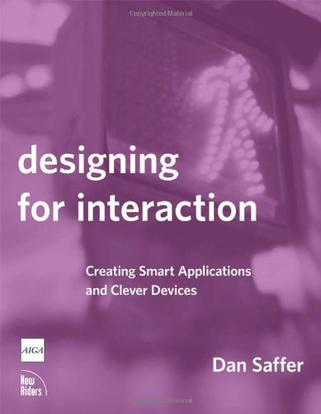
Designing for Interaction
-
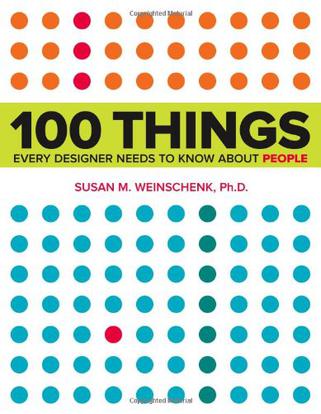
100 Things Every Designer Needs to Know About People
本书出自国际知名的设计心理学专家之手,内容实用、示例清晰,以创造直观而又有吸引力的设计为宗旨,讨论了100个设计师必须知道的心理学问题,每个问题短小精悍,片刻即可读完,让人轻轻松松地理解设计背后的心理学动机。 -
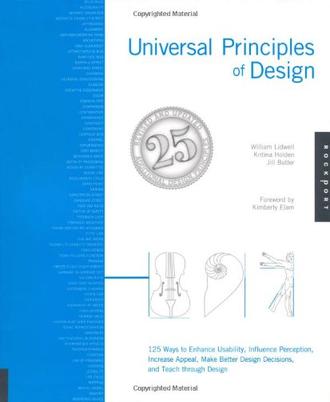
Universal Principles of Design
Whether a marketing campaign or a museum exhibit, a video game or a complex control system, the design we see is the culmination of many concepts and practices brought together from a variety of disciplines. Because no one can be an expert on everything, designers have always had to scramble to find the information and know-how required to make a design work-until now. Universal Principles of Design is the first comprehensive, cross-disciplinary encyclopedia of design. Richly illustrated and easy to navigate, it pairs clear explanations of every design concept with visual examples of the concepts applied in practice. From the "80/20" rule to chunking, from baby-face bias to Occam's razor, and from self-similarity to storytelling, every major design concept is defined and illustrated for readers to expand their knowledge. This landmark reference will become the standard for designers, engineers, architects, and students who seek to broaden and improve their design expertise. -
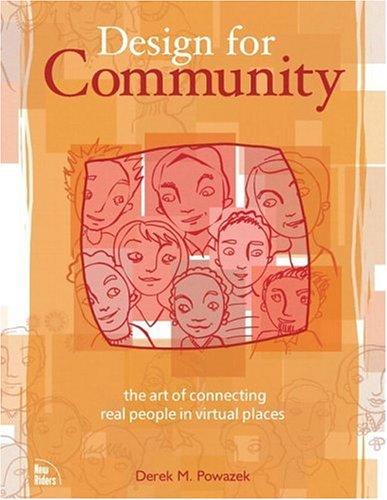
Design for Community: The Art of Connecting Real People in Virtual Places
-
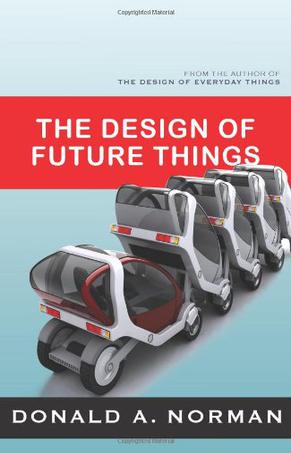
The Design of Future Things
From best-selling author Donald A. Norman, the long-awaited sequel to The Design of Everyday Things : a critical look at the new dawn of "smart" technology, from smooth-talking GPS units to cantankerous refrigerators. Donald A. Norman, a popular design consultant to car manufacturers, computer companies, and other industrial and design outfits, has seen the future and is worried. In this long-awaited follow-up to The Design of Everyday Things , he points out what's going wrong with the wave of products just coming on the market and some that are on drawing boards everywhere--from "smart" cars and homes that seek to anticipate a user's every need, to the latest automatic navigational systems. Norman builds on this critique to offer a consumer-oriented theory of natural human-machine interaction that can be put into practice by the engineers and industrial designers of tomorrow's thinking machines. This is a consumer-oriented look at the perils and promise of the smart objects of the future, and a cautionary tale for designers of these objects--many of which are already in use or development. -
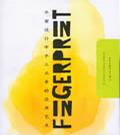
平面设计中手工元素的应用艺术
《平面设计中手工元素的应用艺术》中,你将看到许多优秀的设计范例,所运用的设计方法也是各式各样、不一而足,其中包括混合媒介、插画、文字编排、丝网印刷和拼贴。设计行业正处于转折点。我们曾痴迷于功能强大的新科技,也曾在反思之后对其进行强烈地抵制,可是这些都已成为过去。如今,最优秀的设计师们已经知道了如何以开放的心态利用科技优势,把电脑的卓越功能与手工元素的独特质感完美结合,进而突破科技在设计工作中的种种局限。你将会从这些设计大师们的杰作中获得灵感,并发觉与那些只会令人窒息迷醉的电脑设计作品相比,各种传统元素所取得的更令人震撼的独特效果。